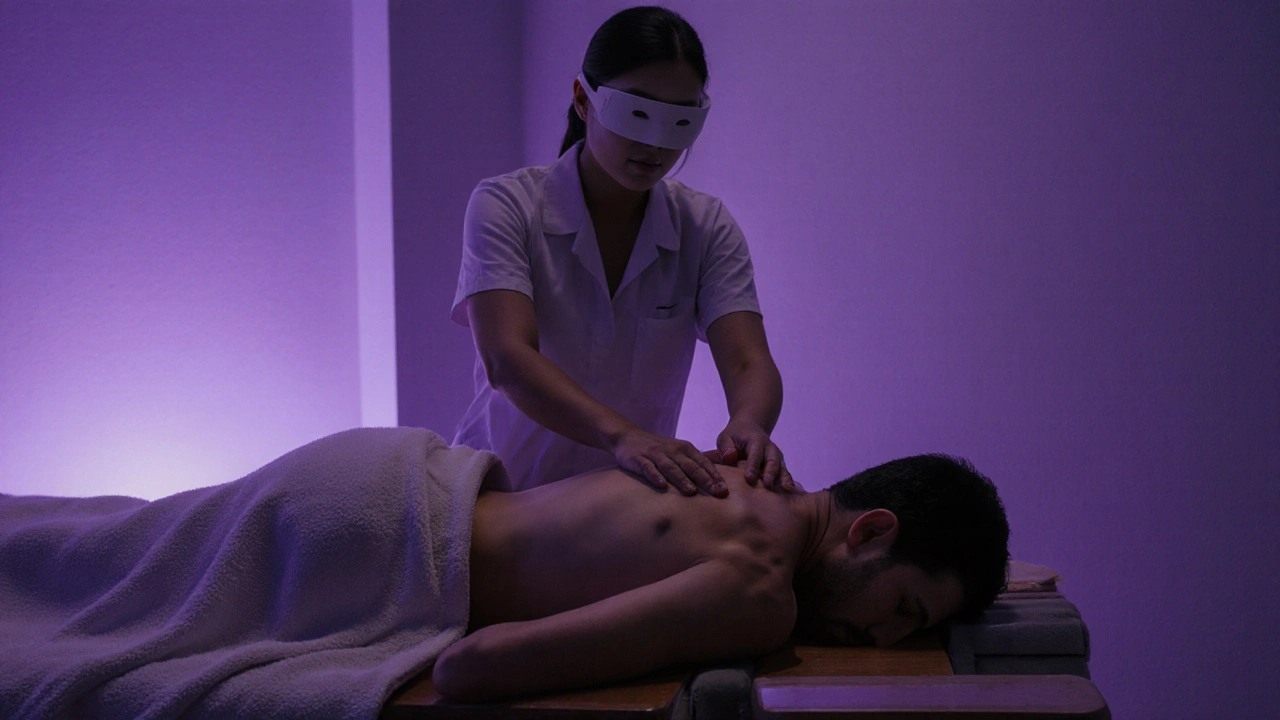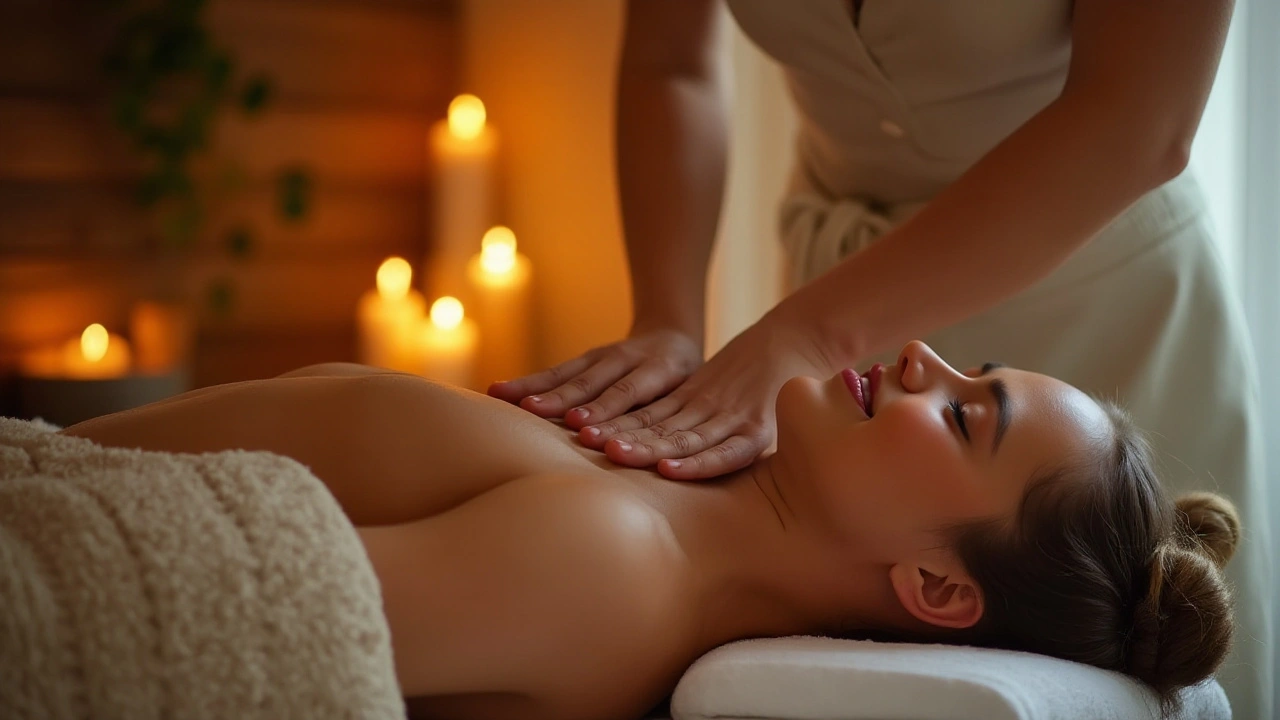Therapeutic Touch: Simple Healing You Can Feel
What if the right touch reduced your stress and eased pain without drugs? Therapeutic touch is not a single technique but a family of hands-on therapies that aim to calm the nervous system, relax muscles, and speed recovery. People use these methods for sore backs, anxiety, insomnia, and post-injury stiffness. Read on for clear, practical info so you know what to expect and how to pick a good practitioner.
What to expect in a session
Sessions usually start with a short chat about your health, goals, and any injuries. The therapist may use light or firm touch, slow hand movements, pressure on specific points, or gentle stretches. Some sessions are done with you fully clothed; others use oil and exposed areas for direct massage. Expect a mix of hands-on work and pauses—therapists often let your body settle between techniques. A typical session lasts 45 to 90 minutes. Afterward you might feel looser, calmer, and more aware of tight spots that need follow-up care.
Research varies by technique, but many people report lower pain scores and less anxiety after regular sessions. For example, small clinical studies show Lomi Lomi and acupressure can improve sleep and reduce muscle tension. Therapeutic touch helps people recovering from injury, office workers with tight necks, athletes managing soreness, and older adults who need gentle care. It is not a cure-all, but it often fills gaps left by medication or exercise alone.
Choosing the right therapist and quick tips
Look for someone who explains what they plan to do and asks about your medical history. Read reviews and verify training—terms like "healing touch," "Hilot," "Lomi Lomi," or "Rolfing" refer to different approaches, so pick the one that matches your needs. Start with a short session if you're unsure. Bring specific concerns—pointing to a painful area helps your therapist focus. Drink water after sessions, avoid heavy exercise for a day, and note how you sleep; small changes often reveal real benefits. If something feels painful or wrong during treatment, speak up immediately.
Safety is simple: tell your therapist about surgery, blood thinners, or recent fractures. Therapists trained in health conditions adapt pressure and avoid risky areas. If you have active cancer, deep vein thrombosis, or uncontrolled heart issues, check with a doctor first. Most people benefit from weekly or biweekly sessions for two months, then switch to monthly tune-ups. Prices vary widely—short sessions can run under $50 while specialty treatments and longer sessions cost $80–150 or more. Some clinics offer packages. Ask about cancellation policies and whether the therapist carries liability insurance. Good communication makes sessions safer and more effective.
Therapeutic touch works best as part of a plan: pair it with sleep, movement, and simple home care like targeted stretching. Track how you feel for a week after each session to see real patterns.
Want to try? Start small, note what changes, and give a few sessions time. The right touch often shows benefits you can feel. Try it today.

Blind Massage: The Secret to Ultimate Relaxation
Blind massage offers a unique, sensory-rich experience that deepens relaxation by removing visual distractions. Trained therapists use heightened touch to release tension, reduce stress, and restore calm - making it ideal for anyone seeking true stillness.

Unveiling the Healing Benefits of Medical Massage for Mental Health
Medical massage isn't just for physical aches—its role in enhancing mental health is gaining attention. By promoting relaxation and reducing stress, this hands-on therapy contributes to clearer minds and increased emotional wellbeing. It has been found to help manage symptoms of anxiety and depression, offering a non-invasive support for mental health challenges. With regular sessions, individuals might find themselves not just feeling better physically, but emotionally revitalized as well.
Categories
- Health and Wellness (148)
- Alternative Therapies (86)
- Massage Therapy (40)
- Travel and Culture (15)
- Beauty and Skincare (9)
- Holistic Health (8)
- Health and Fitness (5)
- Spirituality (5)
- Other (2)
- Personal Development (2)
Popular Articles

Improve Your Posture with Amma Massage
Aug, 5 2023


